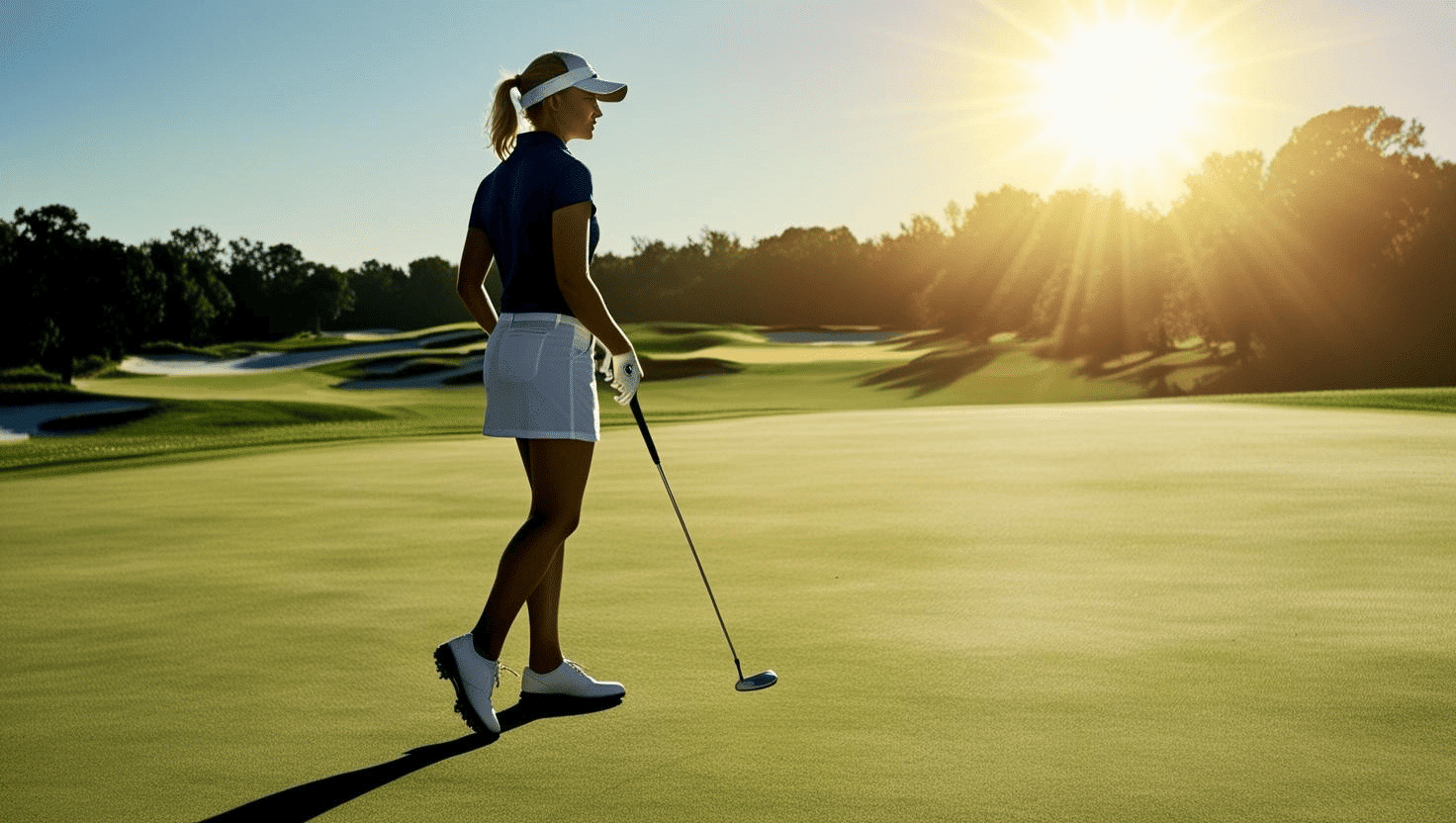Golf has always felt like a sport rooted in tradition, but even the most seasoned golfers might not realize just how far back that tradition goes, especially in the women’s game. The Ladies Professional Golf Association (LPGA) was founded in 1950, and while that number might not jump off the page, it becomes a lot more impressive when you line it up next to some other familiar milestones.
Turns out, the LPGA is older than NASA, Barbie dolls, and yes, even Tater Tots.
Let’s start with NASA. The National Aeronautics and Space Administration was founded in 1958, a full eight years after the LPGA was already hosting tournaments and building its legacy. That means women’s professional golf in the U.S. was already established before humans had even ventured into orbit.
As if being older than NASA weren’t enough, the LPGA also predates one of the most iconic American toys: Barbie. The first Barbie doll hit store shelves in 1959, nearly a full decade after the LPGA’s founding. That means while Barbie was still just an idea on Ruth Handler’s drawing board, real women were already walking fairways, winning tournaments, and paving the way for future generations in golf.
And yes, there is a golfing Barbie. In fact, there have been a few over the years. And according to LPGA, a notable LPGA Barbie came out in 2018, a tribute to Wold Golf Hall of Fame member Lorena Ochoa. So not only did the LPGA beat Barbie to the spotlight, but it also helped inspire the kinds of athletic role models that toys eventually tried to represent. When you think about it, that’s a pretty great full-circle moment.
And then there’s the truly random stuff: Tater Tots didn’t debut until 1954, four years after the LPGA teed off. That means professional women’s golf predates one of the most iconic freezer-aisle snacks in American history.
When you put it in perspective, the LPGA isn’t just old. It’s a pioneer. Long before women had equal footing in most sports, long before brands considered sponsoring female athletes, and long before golf had the global reach it enjoys today, a group of women came together to build something that’s still going strong 70-plus years later.
Founders like Babe Zaharias, Patty Berg, and Louise Suggs weren’t just incredible athletes. They were businesspeople, trailblazers, and marketers, all working to legitimize women’s professional golf in a world that wasn’t exactly welcoming.
So yes, the LPGA is older than NASA. It’s older than most credit cards, Tater Tots, and even Barbie dolls. But more importantly, it’s a reminder of how long women have been shaping the game and how often that story gets overlooked in the broader sports narrative.
The LPGA Isn’t Just Old. It’s Historic.
From the early days when players drove themselves from tournament to tournament and did their own marketing to modern times where LPGA events are televised globally, the organization has steadily elevated the visibility and respect of women’s golf. The LPGA has produced world-class talent, from icons like Mickey Wright and Nancy Lopez to modern stars like Annika Sörenstam, Lorena Ochoa, Inbee Park, and Nelly Korda.
In 2000, the LPGA launched the LPGA-USGA Girls Golf Program, which has grown into the largest junior golf program for girls in the world. The LPGA was also ahead of the curve on international talent, welcoming global players decades before other U.S. sports leagues began to diversify their rosters.
More recently, the LPGA has expanded its prize money, increased its broadcast coverage, and inked deals that bring tournaments to a wider and more engaged audience. It has also continued pushing for pay equity, greater sponsorship, and the recognition that elite female athletes deserve.
The next time someone says golf is stuck in the past, remind them that one of its most groundbreaking institutions was established before Barbie, before NASA. Long before women in sports were celebrated on magazine covers or spotlighted in national campaigns, LPGA players were already changing the game—on and off the course.
The LPGA isn’t just part of golf history. It’s part of American history, a testament to persistence, progress, and the belief that women not only belong in sports but have the power to lead them forward.
It’s not just surprising that the LPGA is older than so many things we take for granted. It’s inspiring. And that’s something worth celebrating, every year and every round.
Following men’s golf? Check out What to Expect From the 2025 Masters.

